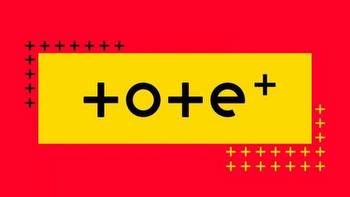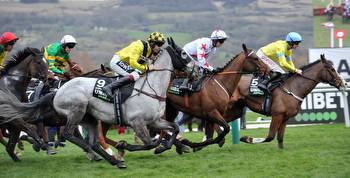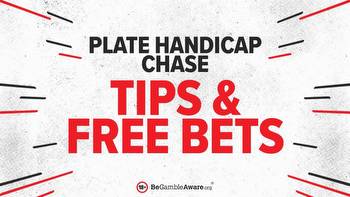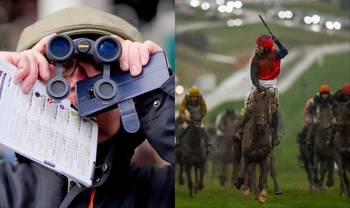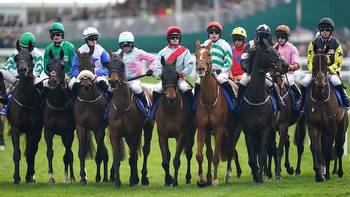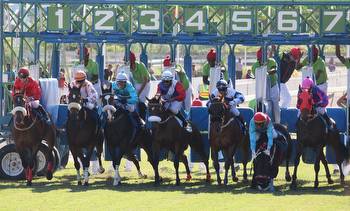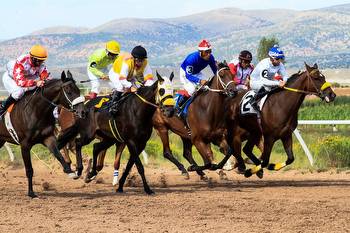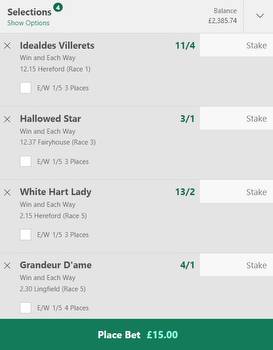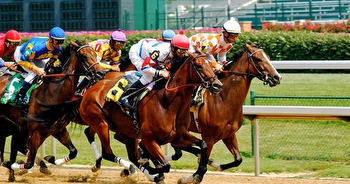Cheltenham Festival Betting Guide: How to bet on the 2023 edition
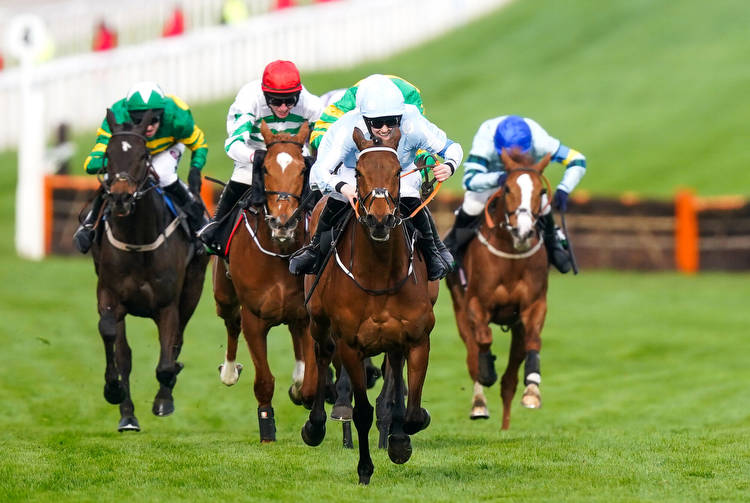
It’s almost time. The biggest jumps racing meeting of the year is now less than a week away, so it’s time to look at the betting. If you’re a beginner or a Cheltenham newbie, then things can get a little overwhelming. There’s lots going on, lots of numbers flying around, each race contains lots of runners, so things can easily get a little confusing.
Fear not, we’re hear to help. In this Cheltenham Festival betting guide we’re going to cover the basics. We’ll explain the race cards, go over a few things to look out for, plus tackle how to place your Cheltenham bets. This is all detailed in our Cheltenham Festival betting guide.
Cheltenham Betting Guide
Some Cheltenham betting guides are quite in depth. They’re jam-packed with lots of technical jargon, which is great for the experienced punter, but not everybody will understand that. We’ve tried to keep it simple, so here goes.
The Basics
First things first, this Cheltenham betting guide is aimed at beginners or inexperienced punters. Not every bettor is familiar with betting on racing or the Cheltenham Festival, so let’s start with the basics.
The Cheltenham Festival is run over four days. There will be seven races run every day starting on Tuesday and ending on Friday. These races will be contested by the best horses in Britain and Ireland over various distances and disciplines. It’s prestigous stuff and the racing is both hiqh-quality and hugely competitive. Think the latter stages of the UEFA Champions League or the Olympics.
Win & Each-Way
In each race, the first horse past the winning post wins. If you bet on a horse to win and that horse reaches the winning post first, you’ll win your bet. However, you can also bet each-way, which basically means placing two bets by splitting your stake evenly. One bet will be on the horse to win, the other will be on the horse to place. This means to finish in one of the allotted places, which is second and third at the very least, but in some Cheltenham Festival races, the allotted places extend to fourth, fifth, sixth and even seventh and eighth.
Let’s say you bet each-way and the horse wins, you win both bets. If the horse fails to win but finishes in one of the places, you will win that bet.
If you want to bet each-way, it’s a good idea to check the number of places paid before you place the bet. Click on the race you wish to bet on at your chosen bookmaker and you’ll see how many places are offered.
Racecards
If you visit an online bookmaker during Cheltenham, finding the Cheltenham racecards won’t be difficult. You’ll see each race laid out in time order. Simply click on a race and you’ll open up the racecard.
The racecard will show every runner, who they’re trained by, who the jockey is, their recent form figures and crucially, their odds.
If you don’t already have a betting account or want to open a new one, then you’re in the right place. Follow any of our bookmaker links and sign up, which should take no more than one or two minutes, place a qualifying bet and get some free bets to use at Cheltenham Festival.
Placing your Cheltenham bets is simple once you’ve got the hang of things. Once you’ve signed up to your chosen bookmaker, choose the race you want to bet on. To do this, merely select the race from the racing menu, or from the Cheltenham menu.
Clicking on the race you wish to bet on will open up the racecard. As mentioned above, this will detail all of the horses in the race, alongside their odds. Once you now which horse you want to bet on, simply click on the odds. Doing so will add the horse to your betting slip, which will appear on the right hand side of the page. In the betslip you can enter your stake and select whether you want to bet on the horse to win or bet each-way. Once you’ve done that, all is left to do is click ‘Place Bet’ and your on. It’s as easy as that.
Things to look out for at Cheltenham
In most of the races at Cheltenham, course form is important. Horses that have previously proved themselves at the venue tend to do well, as do the big stables, especially in the big races. The Grade 1 events are typically dominated by the big trainers. Here we’re talking about the likes of Nicky Henderson, Willy Mullins, Gordon Elliot, Henry De Bromhead and Paul Nicholls.
In the longer races, it usually pays to go with proven stayers. Horses that have already seen out the trip well tend to thrive at Cheltenham, as do horses that have raced well over the trip at Cheltenham previously.














